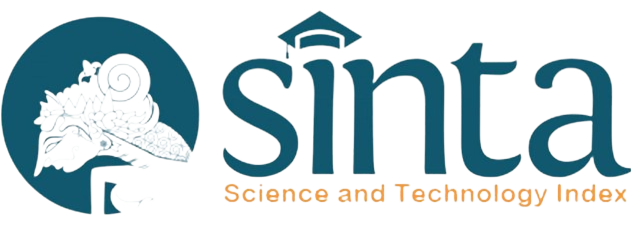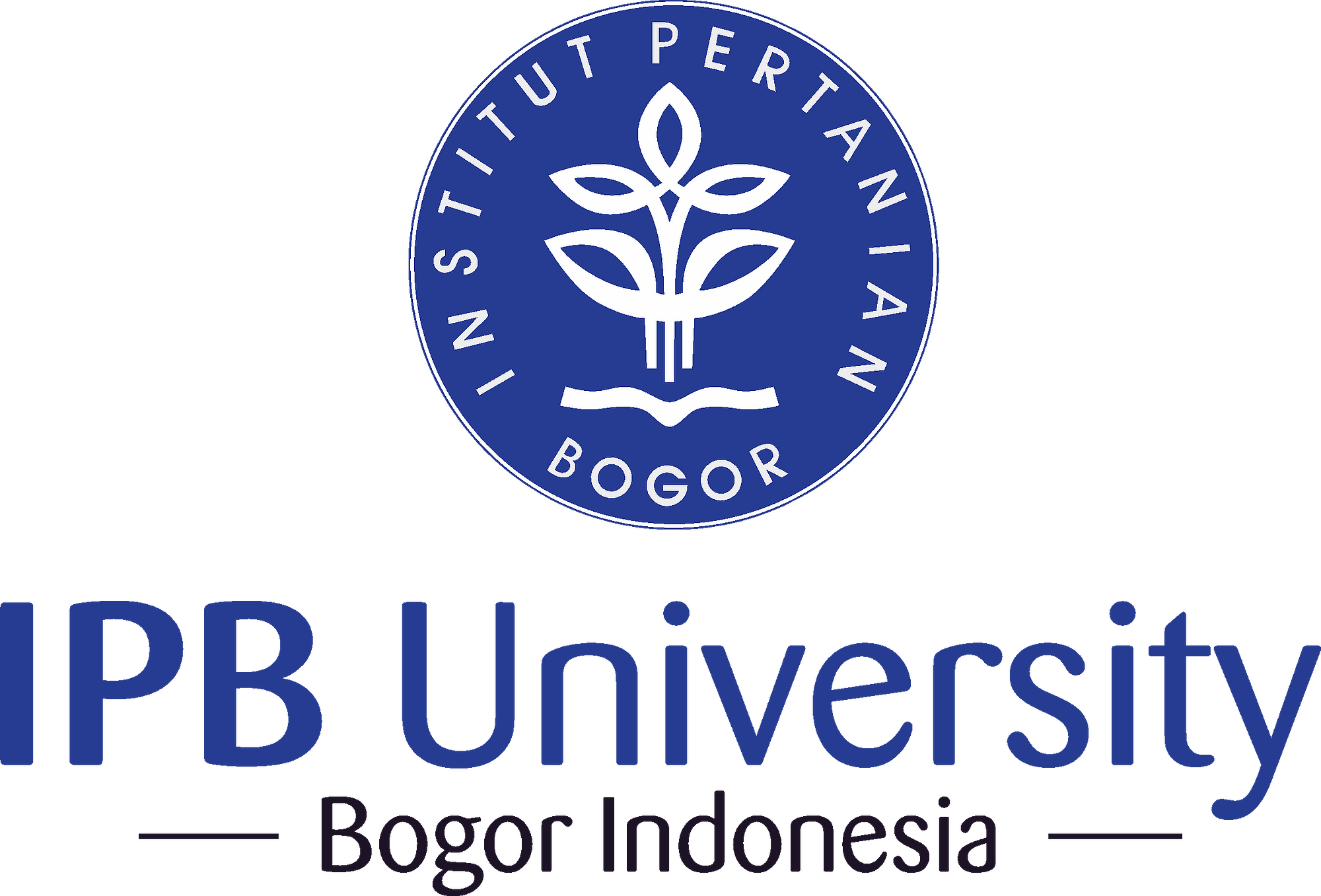Efektivitas Bacillus Subtilis QST713:109 CFU/ml sebagai Plant Growth Promoting Rhizobacteria pada Tanaman Kubis (Brassica oleracea)
Abstract
Bacillus subtilis is a ubiquitous bacterium commonly found in various ecological niches and has potential as a plant growth promoting rhizobacterial (PGPR). This study aims to determine the effectiveness and determine the effective concentration of B. subtilis strain QST713:109 CFU/ml as PGPR in cabbage. Five treatment levels of B. subtilis QST713:109 CFU/ml concentration namely 0 ml L-1 as a control, 2.5 ml L-1, 5.0 ml L-1, 7.5 ml L-1, and 10.0 ml L-1 have been applied on cabbage plants. The solution with those concentrations was sprayed on cabbage plants aged 1, 2, 3, and 4 weeks after planting with a spray volume of 500 L ha-1. Plant height, number of roots, crop weight, yield per plot, and yield potential per hectare of cabbage treated with B. subtilis QST713:109 CFU/ml with a concentration of 2.5 and 5.0 ml L-1 was higher than the control. The concentration of 2.5 ml L-1 B. subtilis QST713:109 CFU/ml resulted in the highest relative agronomic effectiveness (RAE) value of 112.2%. This concentration is the most effective for increasing the growth and production of cabbage with a potential yield of 52.16 tonnes ha-1 without causing phytotoxicity. The yield potential of control treatment is 46.50 tons ha-1. Thus B. subtilis QST 713:109 CFU/ml is effective as a PGPR for cabbage.
Keywords: efective, PGPR, phyotoxicity, relative agronomic efectiveness













